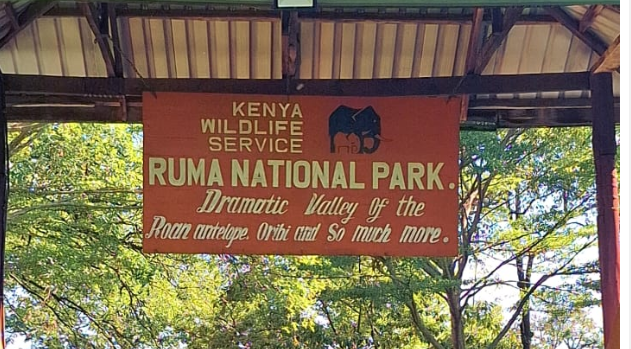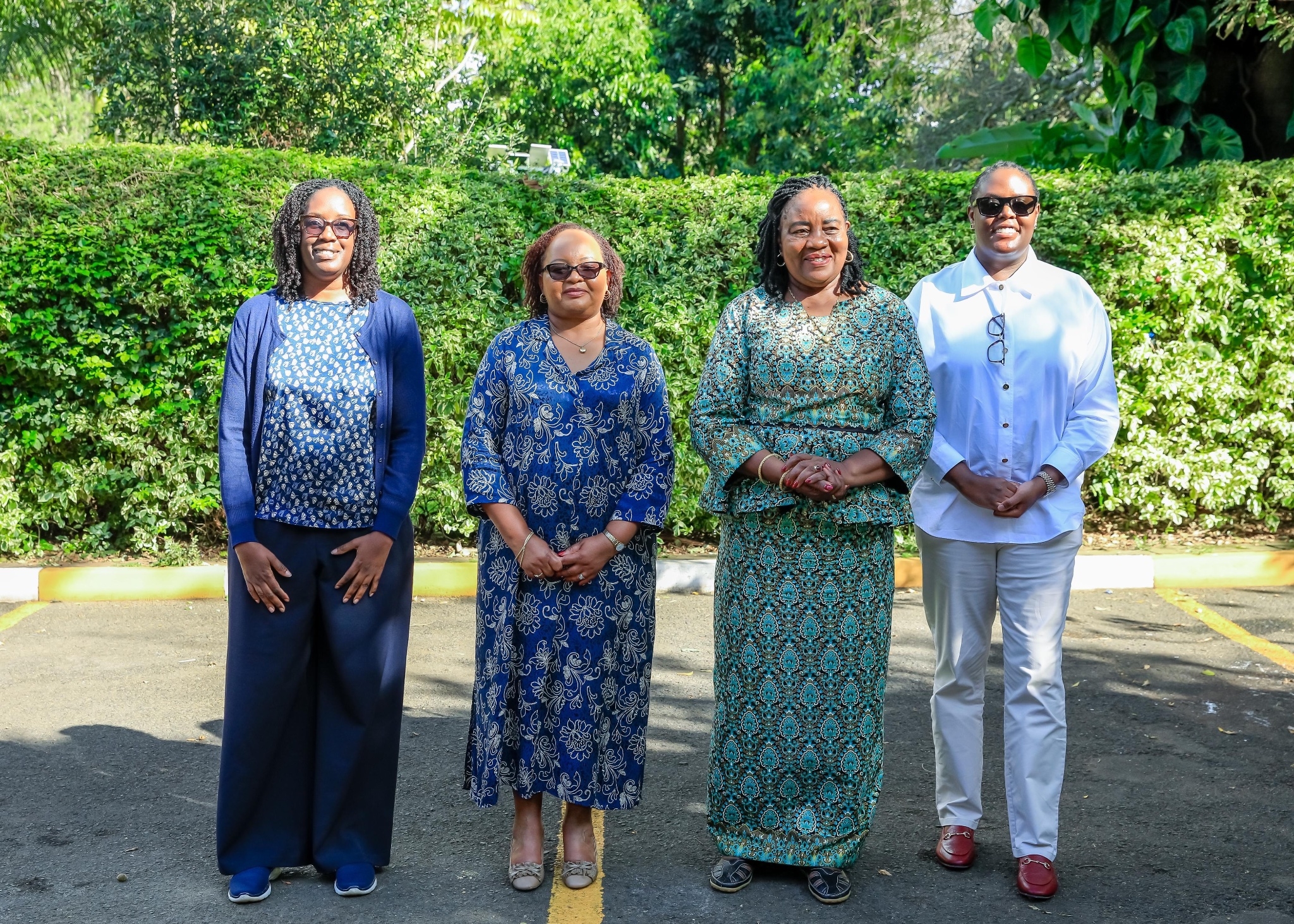
When Saraphina Ambale made her maiden visit to Ruma National Park, she was amazed by what the expansive landscape had to offer.
“My visit to Ruma National Park in Homa Bay county was an incredible experience. The highlight was a 7-kilometre hike within the Roan Antelope Sanctuary, a protected area established to conserve the endangered roan antelope – one of Africa’s rarest antelope species and only found in this part of Kenya,” Ambale, the founder of the Eagle Wings organisation in Kisumu, said.
While hiking, she had the privilege of experiencing stunning views and the chance to witness the majestic antelopes in their natural habitat.
“I enjoyed our interaction with the KWS team, particularly the manager of the roan sanctuary, Sheckton Were. His deep knowledge, passion and insights into the park’s ongoing efforts to protect endangered species and engage local communities were truly inspiring.”
Ambale summed up her visit to the park: “The entire experience was interactive, fun and fulfilling. I would 100 per cent recommend Ruma National Park for anyone seeking adventure and connection with nature.”
She was among those who took part in the second edition of the Magharibi Trail Series that ran from May 29 to June 1.
The magical trail series took participants across the scenic landscapes of Kakamega, Siaya and Homa Bay counties in an immersive three-day expedition combining hiking, cycling and cultural experiences.
The Magharibi Trail showcased the extraordinary biodiversity and cultural richness of what Western Kenya offers to global adventure seekers. The 120-square-kilometre park remains a crucial stronghold for the endangered roan antelope.
The park also hosts golden savannas and breathtaking sunsets. This hidden gem in Homa Bay County delivered for the Magical Kenya Trail Series bikers and hikers.
The Kenya Tourism Board is repositioning the Western tourism circuit as a key adventure destination, spotlighting its unexplored landscapes, rich cultural heritage, and pristine natural attractions.
Ruma National Park assistant director Augustine Ajuoga said the park has a lot to offer to visitors. He said the park is currently home to slightly above 30 roan antelopes.
Ajuoga said a number of births have also been witnessed in recent years. He said the antelopes have been enclosed in a five-square-kilometre area.
Ajuoga said there are about 800 Rothschild's giraffes, making the park one of the breeding areas for the species. Some of the activities that can be undertaken in Ruma National Park include game drives, cycling, hiking, guided nature walks, and birdwatching.
Ajuoga said the magical trail series will help raise awareness among Kenyans to promote domestic tourism and open up unexplored and hidden gems.
“The market is so dynamic; the world is so dynamic. Game viewing is one of the products that we have in our parks. We are currently introducing cycling,” Ajuoga said, adding that the move will help diversify tourism products in the country.
Kenya seeks to attract 200,000 adventure tourists over the next five years. KTB CEO June Chepkemei said the move to diversify tourism products is in line with Kenya's strategy to diversify tourism offerings.
"The Magharibi Trail will showcase the extraordinary biodiversity and cultural richness of what Western Kenya offers to global adventure seekers,” Chepkemei said.
In choosing Kakamega Forest as the starting point, KTB highlighted Kenya's only tropical rainforest and remaining remnant of the ancient Guineo-Congolian rainforest, a biodiversity hotspot that represents the country’s commitment to sustainable adventure tourism.
"We are excited to have a host of activities that will showcase this circuit in a much more experiential and immersive way, allowing visitors to connect deeply with both the natural landscape and cultural heritage of these remarkable counties."
To access the Ruma National Park, adult citizens pay Sh300, while citizen children pay Sh125. Resident adults pay Sh300, while resident children pay Sh125. A non-resident adult pays $22, while a non-resident child pays $13.

















